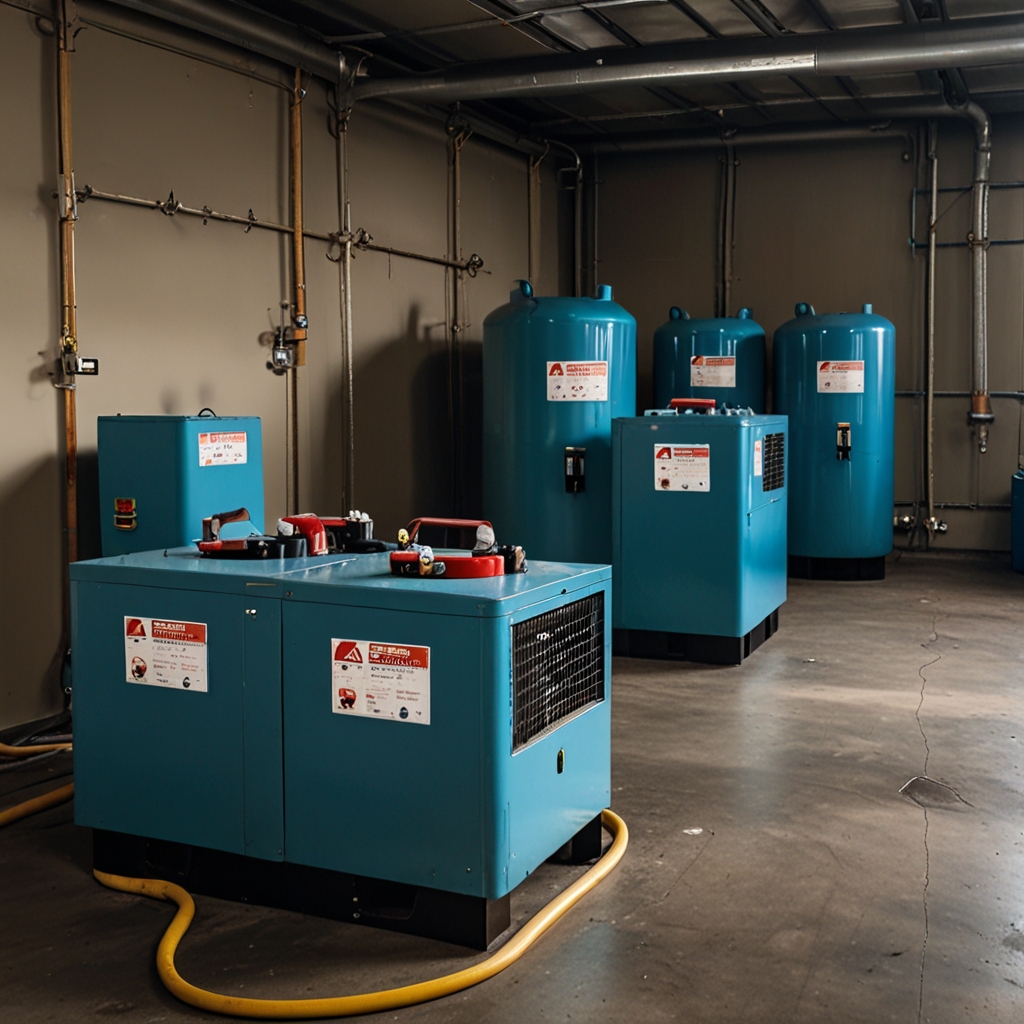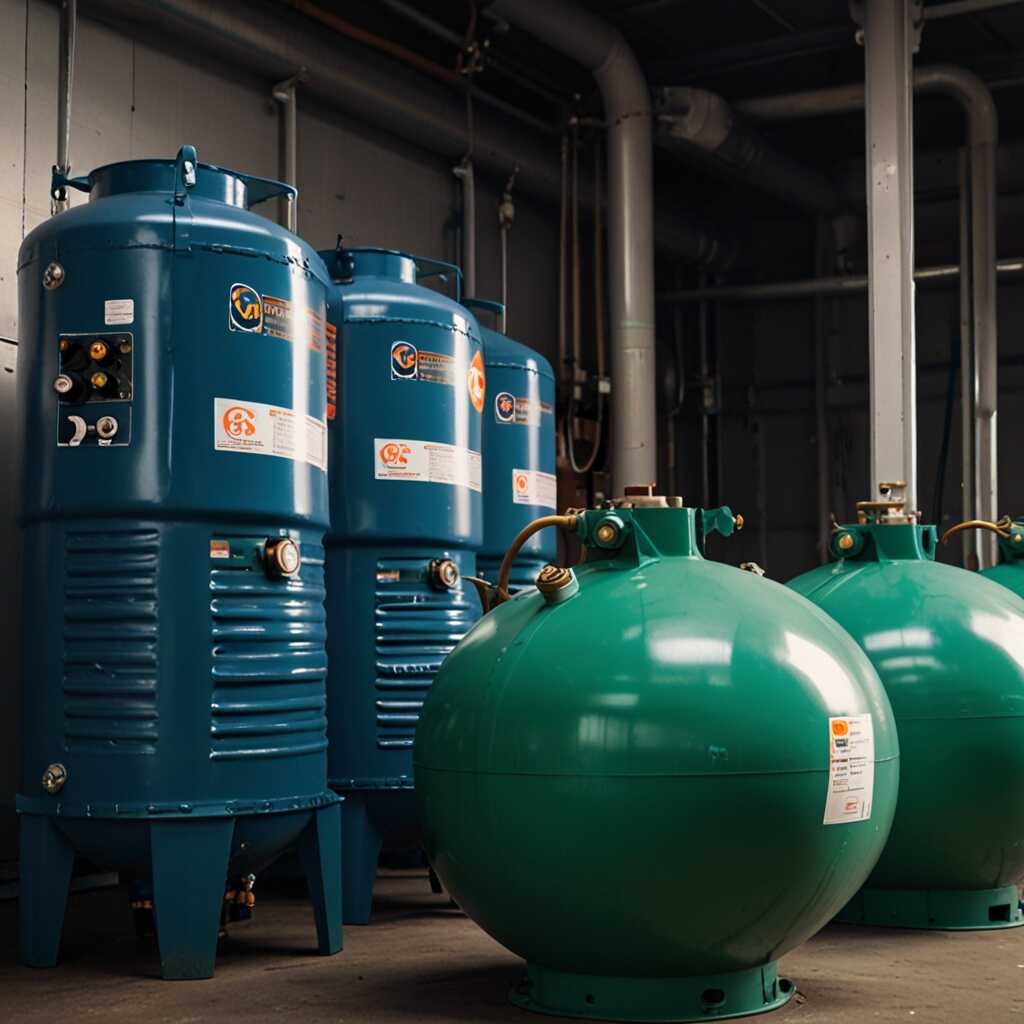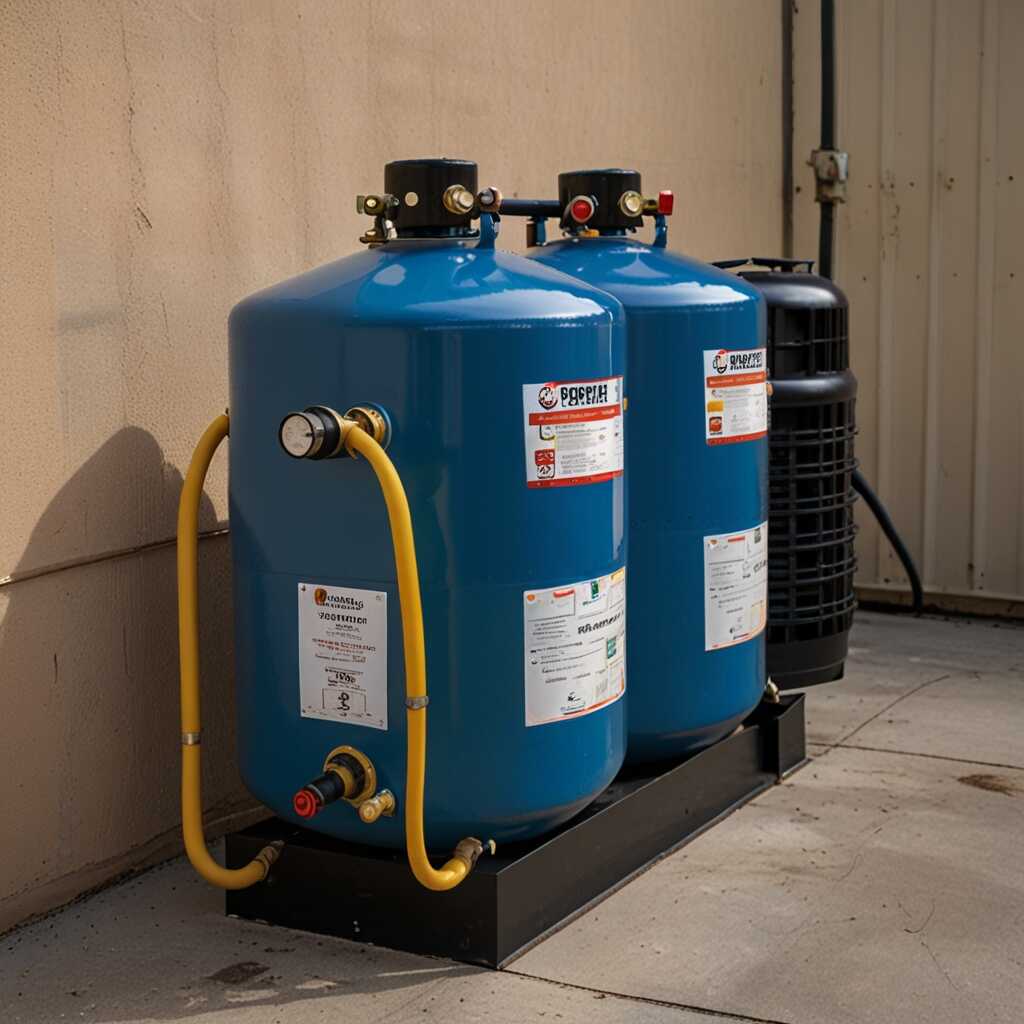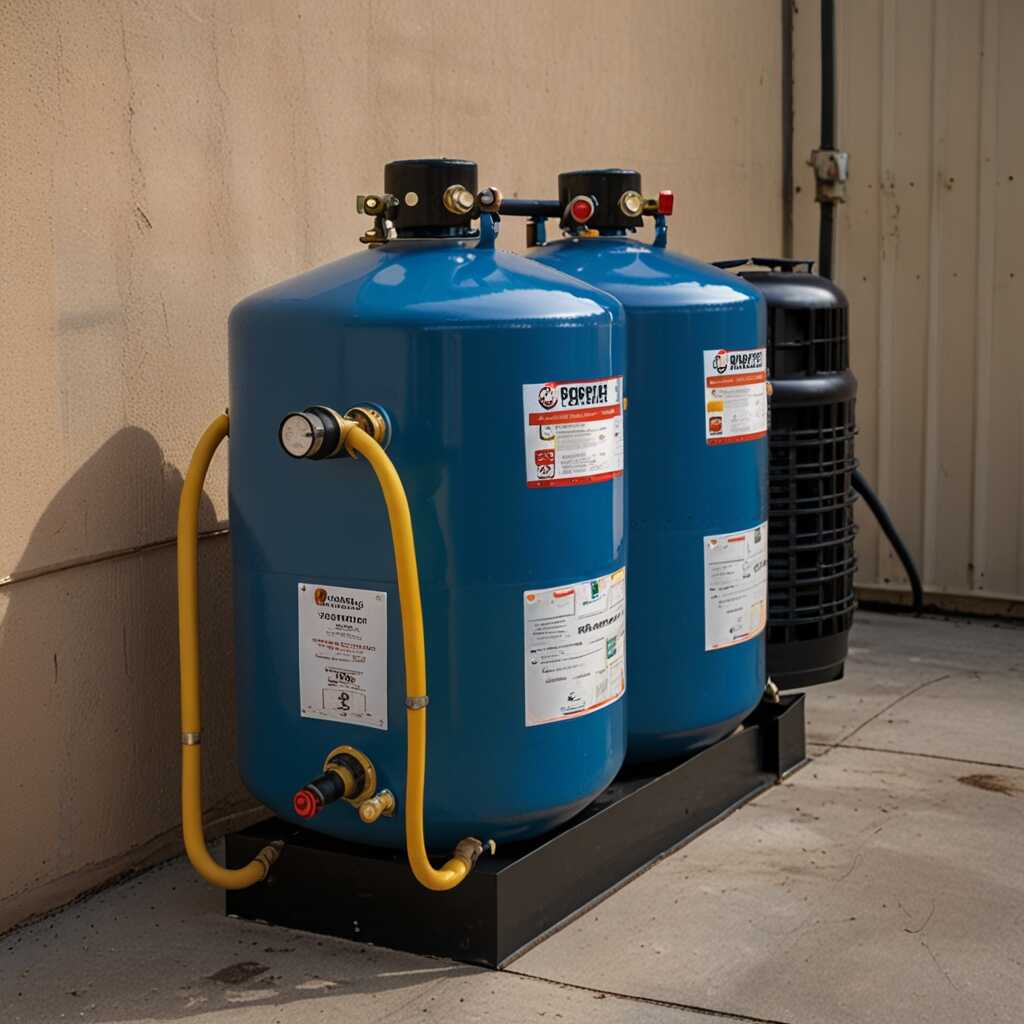The advantages of refrigerant recovery machines with dual-power source compatibility are increasingly recognized in HVAC applications. These machines enhance efficiency by providing flexibility in power options, making them suitable for various job sites. Refrigerant Recovery Pro emphasizes the importance of dual-power capabilities for professionals seeking to improve their recovery processes. Understanding these benefits can lead to better equipment choices and compliance with industry standards.
Basics of Refrigerant Recovery Machines and Their Functions
Refrigerant recovery machines serve essential roles in HVAC systems. Their main functionalities include extracting refrigerants from equipment, recycling them, and preventing harmful emissions. Good refrigerant recovery machines are designed to ensure reliability and efficiency during operations. Common types of refrigerants used in HVAC systems include R-22, R-410A, and R-134A. Each machine can often handle multiple refrigerants, enhancing their versatility and usability in different applications. Reliable recovery processes improve environmental compliance by managing refrigerants properly and reducing leaks.
Key Features to Consider When Choosing a Recovery Machine
When selecting refrigerant recovery machines, focus on features that enhance performance and usability. Look for machines that include dual-power source compatibility, which enables operation through both electric and manual power sources. This dual compatibility increases the machine’s reliability in various settings, especially in remote locations or during power outages. Also, consider recovery speed and capacity, which are crucial for efficient refrigerant extraction. Machines that support multiple refrigerant types allow technicians to handle diverse HVAC systems easily. Choosing a robust, durable recovery machine not only enhances efficiency but ensures compliance with regulatory requirements.
Defining Dual-Power Source Compatibility in Recovery Machines
Dual-power source compatibility refers to the ability of refrigerant recovery machines to operate with more than one type of power supply. This feature significantly enhances the reliability and efficiency of the machines in various HVAC applications. For example, a machine might be designed to work with both 115V electrical systems and gas-powered generators. This flexibility is crucial for HVAC professionals who work in different environments, such as residential, commercial, and industrial settings. The chance to switch between power sources ensures that technicians can complete refrigerant recovery tasks efficiently, regardless of the available power situation.
Benefits of Dual-Power Source Compatibility in Diverse Environments
Dual-power source compatible refrigerant recovery machines provide numerous benefits across different operational environments. In residential settings, these machines can easily shift between home electrical supplies and portable generators, ensuring uninterrupted service. In commercial buildings, the option to utilize a secondary power source is valuable during emergency repairs where power availability is uncertain. For industrial operations, where numerous systems run simultaneously, dual-power compatibility allows for efficient refrigerant recovery without scheduling conflicts. This versatility not only enhances operational flexibility but also helps HVAC professionals maintain productivity and compliance with environmental regulations. The durability and efficiency of these machines make them essential tools for modern HVAC applications.

Enhancing Efficiency with Dual-Power Refrigerant Recovery Machines
Dual-power refrigerant recovery machines offer significant advantages in efficiency and flexibility. They can utilize both electric and gas power sources, ensuring operation in various settings. This adaptability allows HVAC professionals to complete recovery tasks faster and more efficiently. Users often report improvements in performance consistency due to reliable energy sourcing. The results from diverse operational environments highlight the importance of dual power sources for maximizing recovery efficiency, whether in residential or commercial scenarios.
Understanding Energy Sources for Optimal Performance
Choosing the right energy source for your dual-power refrigerant recovery machine is essential. Electric power is often more stable, while gas power offers portability. Different power options can enhance the machine’s ability to handle specific refrigerants. The best machines are designed to seamlessly switch between these modes, optimizing performance during recovery. Studies show that using electric power alone can improve efficiency by about 15% under optimal conditions, while gas can enhance portability, making it ideal for remote job sites. Evaluating the right balance between both sources is vital for effective refrigerant management in HVAC applications.
Interesting Statistics on Dual-Power Source Equipment
- Dual-power source units can reduce recovery time by up to 50%.
- Over 70% of HVAC professionals prefer dual-power machines for flexibility.
- Users report up to 40% increase in operational efficiency with these units.
- Roughly 60% of technicians cite better performance in diverse environments.
- Many units can operate on both standard and alternative power sources.
- Initial investment costs for dual-power source machines can average around $1,500.
- Technicians can service up to 30% more jobs daily using these machines.

Job Site Versatility with Dual-Power Source Equipment
Dual-power source refrigerant recovery machines enhance job site flexibility by enabling HVAC technicians to adapt to varying power availability. Whether working in a facility with limited electrical outlets or in remote locations lacking electricity, these machines can be powered by multiple sources. They can switch between traditional power supply and battery power as needed. This adaptability ensures that technicians maintain operational efficiency while effectively addressing site-specific challenges. For example, construction sites and industrial applications often require sustained performance, and dual-power source machines deliver on that need. Technicians can expect consistent results in diverse scenarios, improving workflow and reducing downtime.
Best Practices for Using Dual-Power Source Refrigerant Recovery Machines
To achieve optimal results while using dual-power source refrigerant recovery machines, technicians should follow several best practices. Regularly testing and maintaining the equipment ensures reliable performance on every job site. Conducting thorough reviews of the machine’s operational features helps to enhance efficiency. Utilizing the machine’s battery power in tight spaces can improve mobility, while connection to a stable power source enhances performance in larger areas. Having the right equipment in your toolbox simplifies many recovery tasks and helps HVAC technicians provide excellent service. This approach maximizes the machine’s capability to handle different refrigerants while ensuring compliance with environmental regulations.

Long-Term Financial Benefits of Dual-Power Recovery Machines
Investing in dual-power refrigerant recovery machines provides clear long-term cost savings. Their flexibility allows use in both AC and DC power systems. This adaptability reduces dependency on only one power source, minimizing downtime and enhancing reliability. Features like improved energy efficiency help in lowering utility bills. Studies show that using dual-power systems can result in savings of up to 30% on operational costs annually compared to single-source recovery machines. This often helps HVAC professionals see a return on investment within three years.
Key Features Driving Financial Gains
Dual-power refrigerant recovery machines feature advanced efficiency technologies that significantly lower operational costs. They are designed to handle a wider range of applications, reducing the need for multiple machines. Improved energy efficiency means reduced energy consumption, translating to lower electricity costs. The best dual-power systems also include robust construction for durability, which minimizes maintenance expenses over time. Investing in such high-quality equipment enhances performance and ultimately leads to greater financial returns for HVAC professionals.
Key Advantages of Versatile Power Options in Recovery Units
- Increased operational flexibility allows use in various job sites.
- Dual-source machines enhance efficiency by adapting to power availability.
- Technicians enjoy reduced downtime between different power applications.
- These machines often feature better performance in challenging conditions.
- Environmentally friendly practices promote compliance with regulations.
- Reduced need for multiple recovery units cuts down overall costs.
- Enhanced customer satisfaction comes from quicker service provides.

Meeting Environmental Regulations with Advanced Equipment
Dual-power refrigerant recovery machines assist HVAC professionals in adhering to environmental compliance standards by providing reliable and efficient recovery solutions. These machines are designed to meet stringent refrigerant recovery regulations, ensuring that all recovered refrigerants are handled properly. HVAC operations must understand key compliance requirements, such as those set by the EPA. These requirements dictate safe recovery practices that minimize environmental impact. Furthermore, dual-power machines improve operational flexibility, allowing technicians to work in various environments while staying compliant. Studies show a significant performance boost, achieving up to 90% of refrigerant recovery compared to 75% from single-source machines.
Understanding Key Compliance Requirements in Refrigerant Recovery
Key compliance requirements for refrigerant recovery include understanding the Safe Disposal practices, proper documentation, and regular performance testing. HVAC professionals must be familiar with these regulations to prevent potential fines and environmental harm. The EPA regulates safe refrigerant use and disposal mandates. Meeting these standards includes correctly maintaining dual-power recovery machines to enhance performance and increase reliability. Additionally, technicians must undergo training on proper usage and compliance documentation. Ensuring compliance helps in achieving optimal refrigerant recovery results while promoting environmental safety.
Best Practices for Operating Dual-Power Recovery Machines
Key operational techniques for dual-power refrigerant recovery machines include regularly checking connections, understanding power source options, and maintaining the unit. Dual-power compatibility enhances performance by providing flexibility in various HVAC environments, like residential and commercial installations. The average recovery speed for top-rated dual-power recovery machines ranges from 0.5 to 1.5 pounds per minute, ensuring efficiency during operation.
Essential Maintenance Tips for Dual-Power Recovery Machines
Essential maintenance tips for dual-power recovery machines include cleaning filters, checking hoses, and inspecting electrical components. Regular maintenance helps ensure reliability and performance. Technicians should also verify the power source to maximize the machine’s efficiency. When a dual-power recovery machine is well-maintained, it can handle diverse refrigerants and different job site conditions effectively, maximizing its lifespan and improving overall productivity in the HVAC industry. Refrigerant Recovery Pro provides detailed guides on best maintenance practices and troubleshooting methods to support HVAC professionals.
Popular Brands and Their Features in the Market
- Brand A offers high portability but lacks advanced features for diverse situations.
- Brand B provides robust performance and multiple power options for versatility.
- Brand C focuses on cost-effectiveness but may compromise on build quality.
- Brand D excels in user-friendly design and efficient power management.
- Refrigerant Recovery Specialists prefer dual-power machines for various applications.
- These professionals appreciate units that adapt to both home and commercial environments.
- Businesses value efficiency and flexibility due to changing regulatory landscapes.
Future Innovations in Refrigerant Recovery Technology
Emerging trends in refrigerant recovery technology focus on enhancing efficiency and flexibility, especially in dual-power systems. Key players in the industry, such as brands like Mastercool and Robinair, are introducing advanced models that include eco-friendly refrigerants and integrate smart technology for real-time monitoring. Research indicates that dual-power refrigerant recovery machines undergo an average of 500 hours of rigorous testing before market release to ensure reliability and performance. This careful testing guarantees these machines can handle diverse operational scenarios, which is essential for HVAC professionals seeking adaptability in their work.
Maximizing Efficiency with Dual-Power Recovery Machines
Maximizing efficiency with dual-power refrigerant recovery machines involves understanding their unique features and capabilities. These machines are designed to operate on both standard electrical outlets and alternative power sources, making them versatile for various job sites. For example, a dual-power system can provide robust performance across larger HVAC systems or in remote areas lacking electricity. Manufacturers are incorporating durable materials that not only enhance longevity but also reduce maintenance costs. This can significantly improve workflow efficiency during refrigerant recovery projects. Investing time in reviewing performance data for these systems can lead to informed choices that elevate overall HVAC service quality.